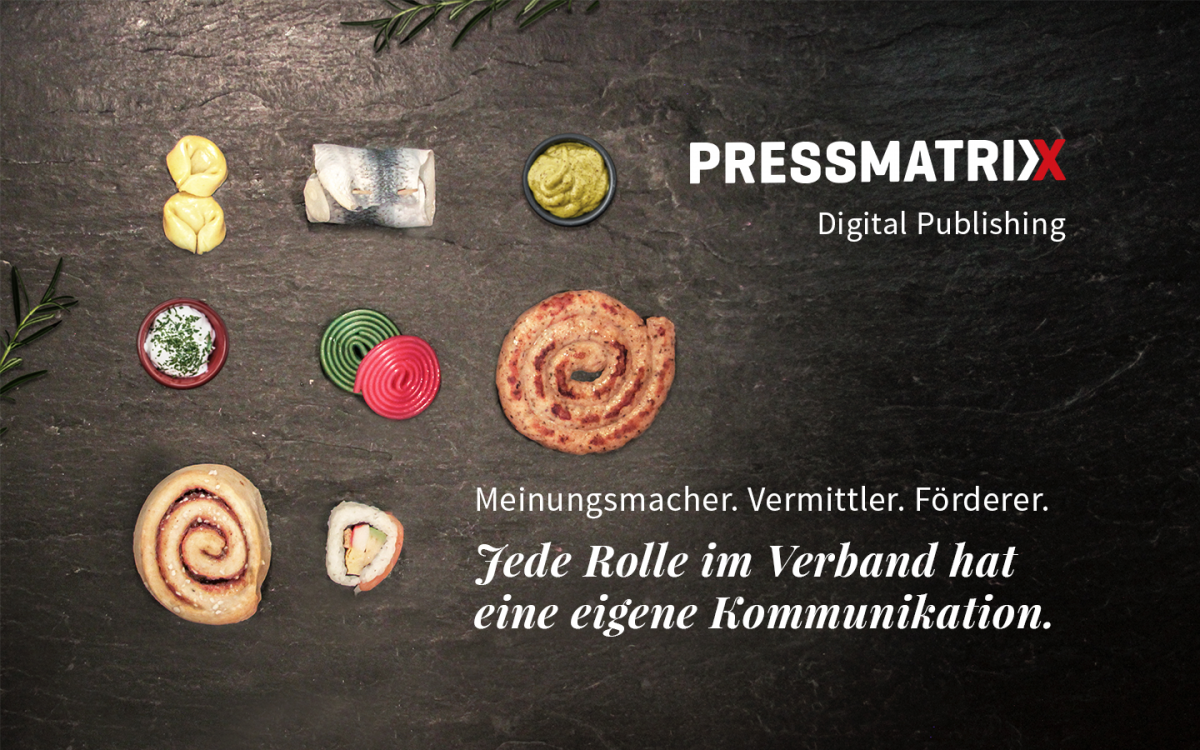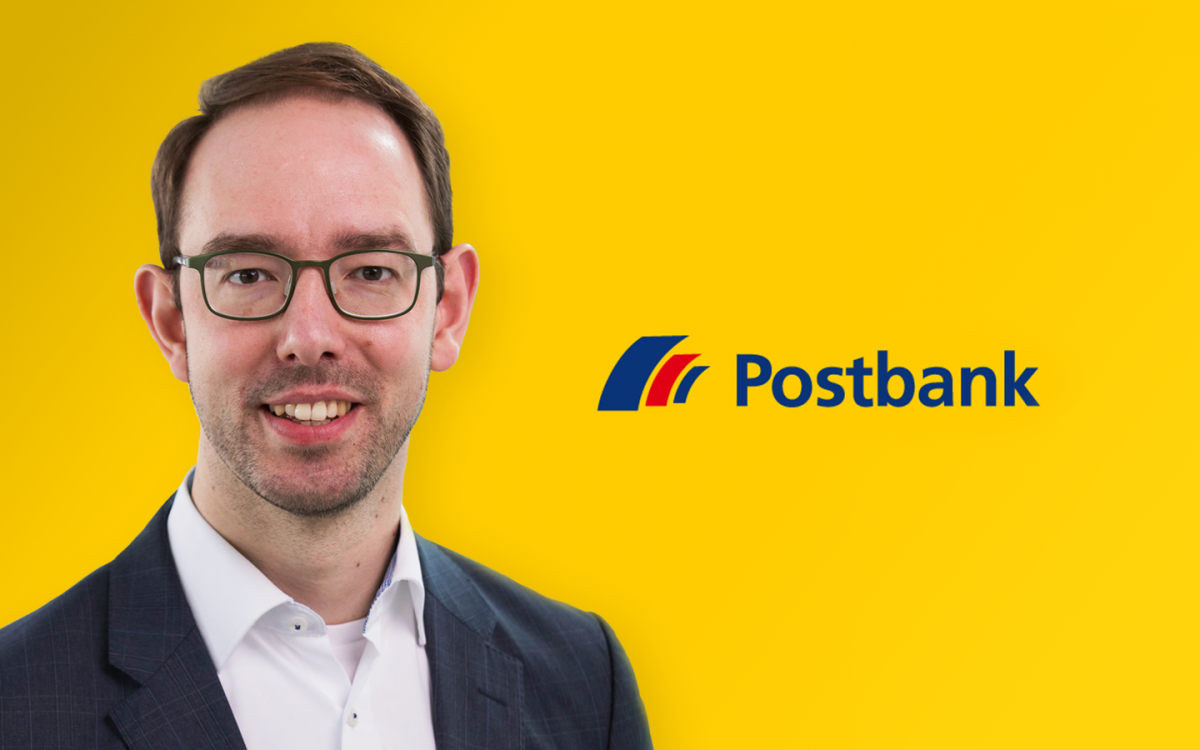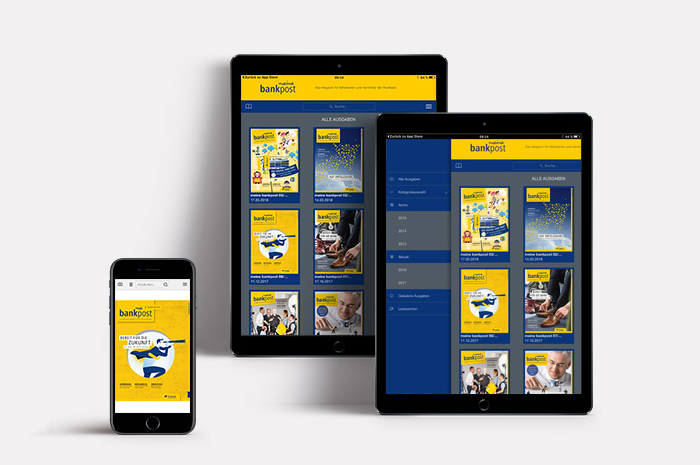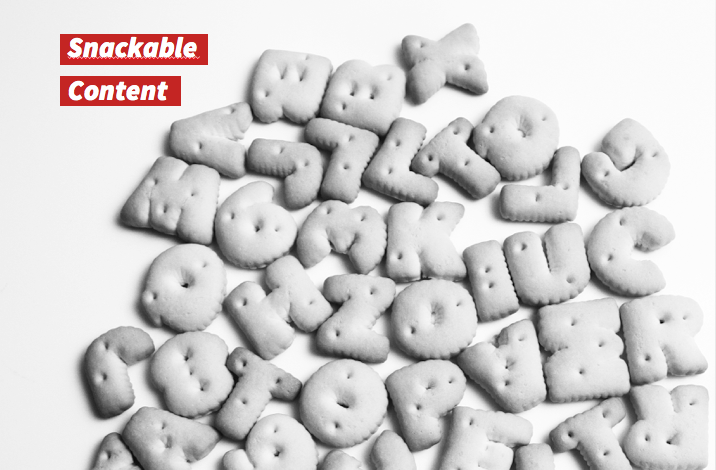As far as communication goes, clubs and associations often find themselves in a zone of diverging interests. The communication tasks range from representing member interests, through advertising for new members, to providing important information for decision makers in politics, business and society. Last but not least, there must also be attractive ad space to attract partners and pay tribute to sponsors. This balancing act must be overcome at the content level and in the format. A task that poses problems for many clubs. Why so?
Solving association communication digitally
DThe large part of association publications consists of association regulations, programs, charters, press releases, information leaflets as well as news and reactions to current events. Much of this has to be published on a regular basis for reasons of transparency.
The material can be published on ones own website or even in an app which the Bundesverband Deutscher Vereine (the umbrella association of German associations) wishes to see more frequently incorporated into association work as part of their digital transformation project.
>> “So too the bdvv. where transformation projects are currently underway. It’s now possible to simply apply for and acquire association membership online. A further step is the development of an internal community management in the direction of legally compliant and powerful applications that bypass social media and their messenger systems as well as the countless download options of association charters, forms, etc.“ <<
App solutions now offer opportunities to publish current news and statements directly, separately from the periodicals, in its own newsfeed. So members can be individually targeted and quickly reached.
In order to reach decision-makers from politics and business as well as to build up a community, cross-media publication and the use of social media is advisable.
Why the Bundesverband does not want to use social media for community management remains unclear.
Association communication bypassing social media?
This requirement is confusing – especially when it comes to advertising for new members, stimulating interest in ones own work, and promoting the exchange of ideas with those outside the association including opponents. Where else but on Facebook, Twitter and Co. can countless people access new content, process it mentally, and exchange views?
In order to successfully use the relevant channels for communication, it is first necessary to understand which addressees can be reached where, and how they interact on the specific channels.
Open for new formats
A spider-web tactic works well to create multi-faceted and targeted association communication. Different threads of content, which are connected but not identical, are scattered in different channels – according to the addressee profile – and ultimately lead centrally to ones own website, where more in-depth information and services are offered.
On social media, one can gain a sense of current topics and moods: What are the current concerns of my target group? What are they discussing, and what content and information can I give them to help them out and create more clarity? Background information in short, crisp formats is required and insights into the associations’ daily work. Using various targeting settings, posts can also be sent to specific target groups and interested parties.
With video, moving images, photos and live streams, a broad facet of the association’s work can be displayed very well. Here transparency – but also the ability to attract and hold attention – is primary. Suitable channels are YouTube and Instagram – which also appeal to a younger membership.
Messenger and forums invite you to talk about problems and questions and to establish a direct connection to the members in the form of a consultation. To keep the task manageable, such messenger services can also be restricted to members.
And then there is audio. A channel that is again on everyone’s lips and in terms of language assistants and increasingly hands-free usage certainly has bright prospects for the future.
This may sound costly and time-consuming, but many things can be tested and optimized gradually to find the right mix for your own association.
Conclusion: Learning by doing
The bdvv speaks of a central solution for several associations – this support can provide backing and momentum. But clubs can also do a lot for themselves. Our tip: simply try out a few things! Sort out your content. How do your addressees access their information and where are they to be found? Are there any influencers you can team up with? Such information coupled with your own experience opens up new digital communication opportunites.
Best practice example from the associations Info-day.
The SoVD association’s communication is a good example of creativity and the courage to try out something new.
Pressmatrix speaks with Veronica Sina from SoVD about the digital communication in associations. Find out more:
When: 25. September | 15:30 Uhr Where: Berlin, Humboldt Carré



